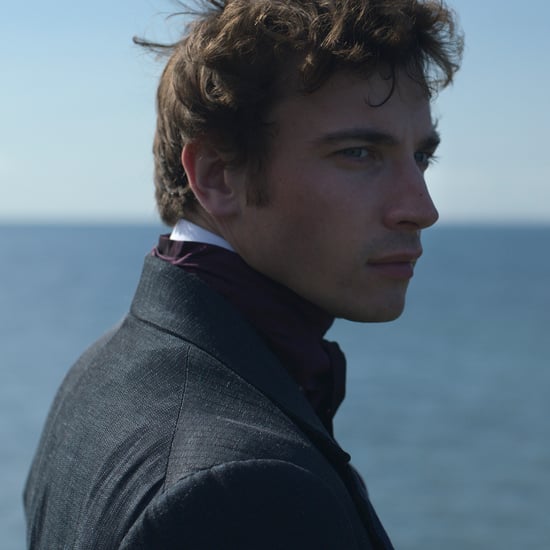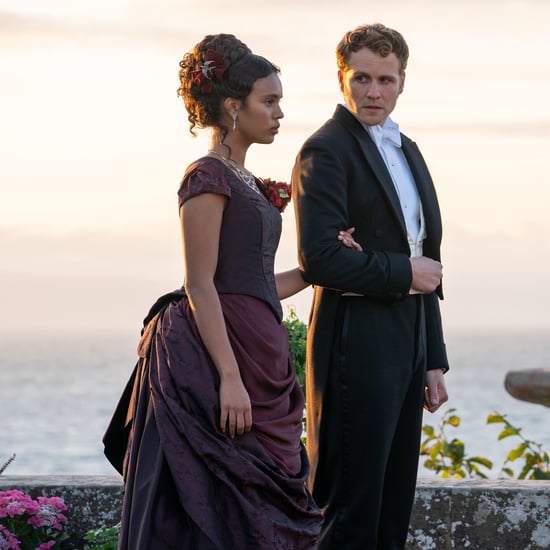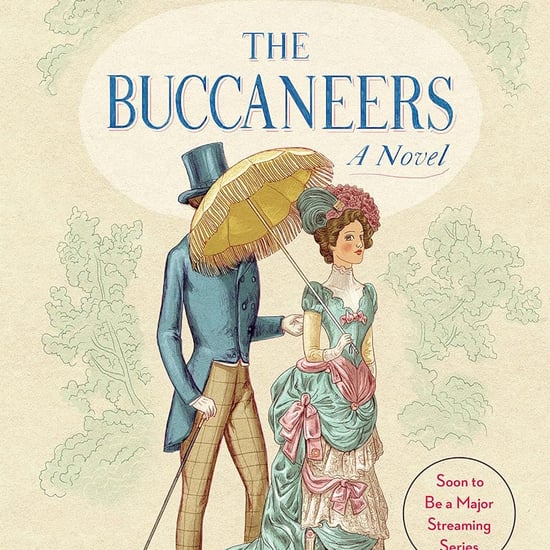How Many Kids Did Queen Charlotte and King George III Have?
A Rundown of Queen Charlotte and King George III's 15 Real-Life Children
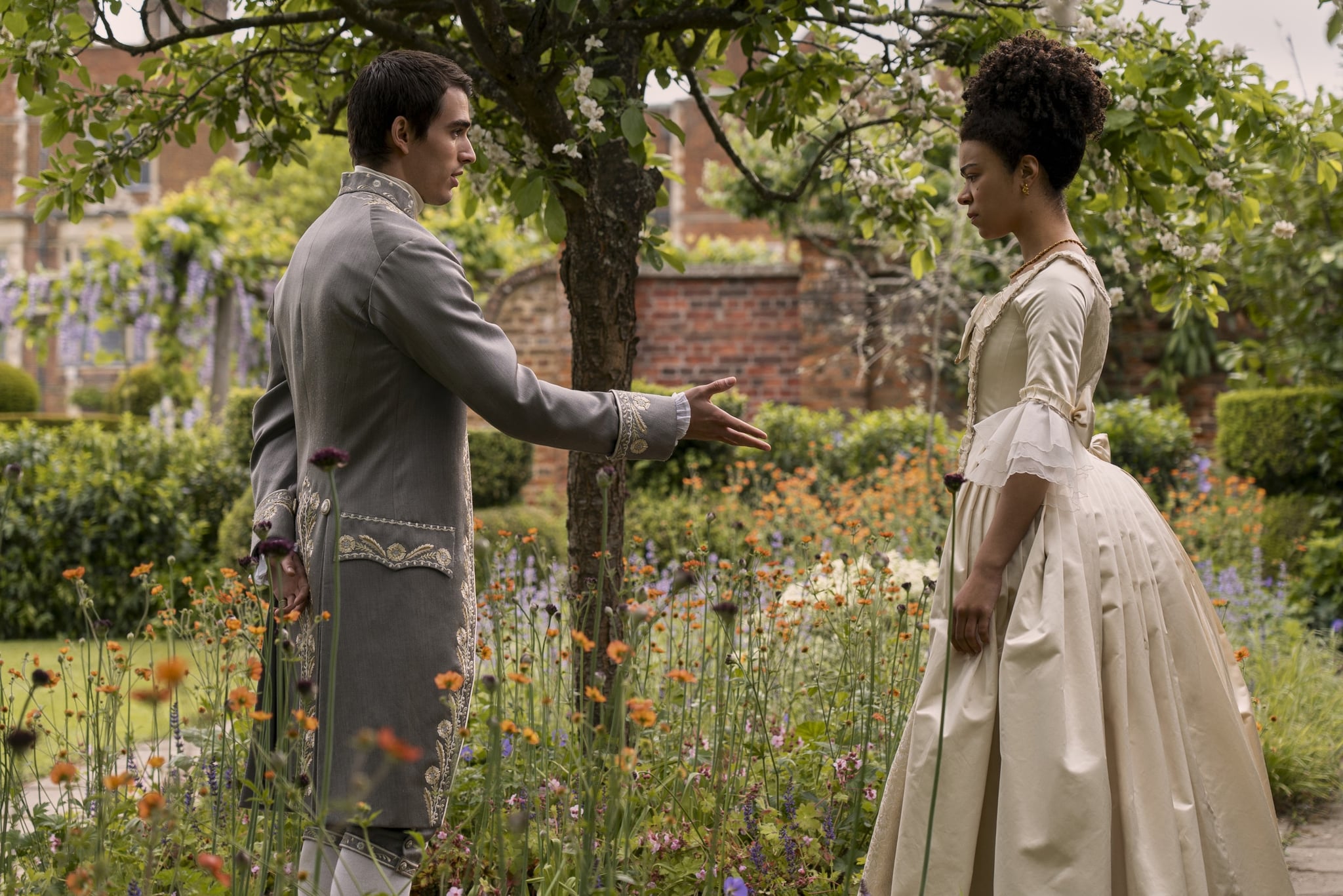
"Queen Charlotte: A Bridgerton Story" gives us the closest look yet at the royal family, whose favour drives the social fortunes of the ton. Along with a younger version of the imperious Queen Charlotte and the charming King George III, we also learn more about their enormous family.
Here's a breakdown of the 15 real-life princes and princesses who descended from "Bridgerton"'s beloved monarchs.
Queen Charlotte and King George III''s Children
1. King George IV
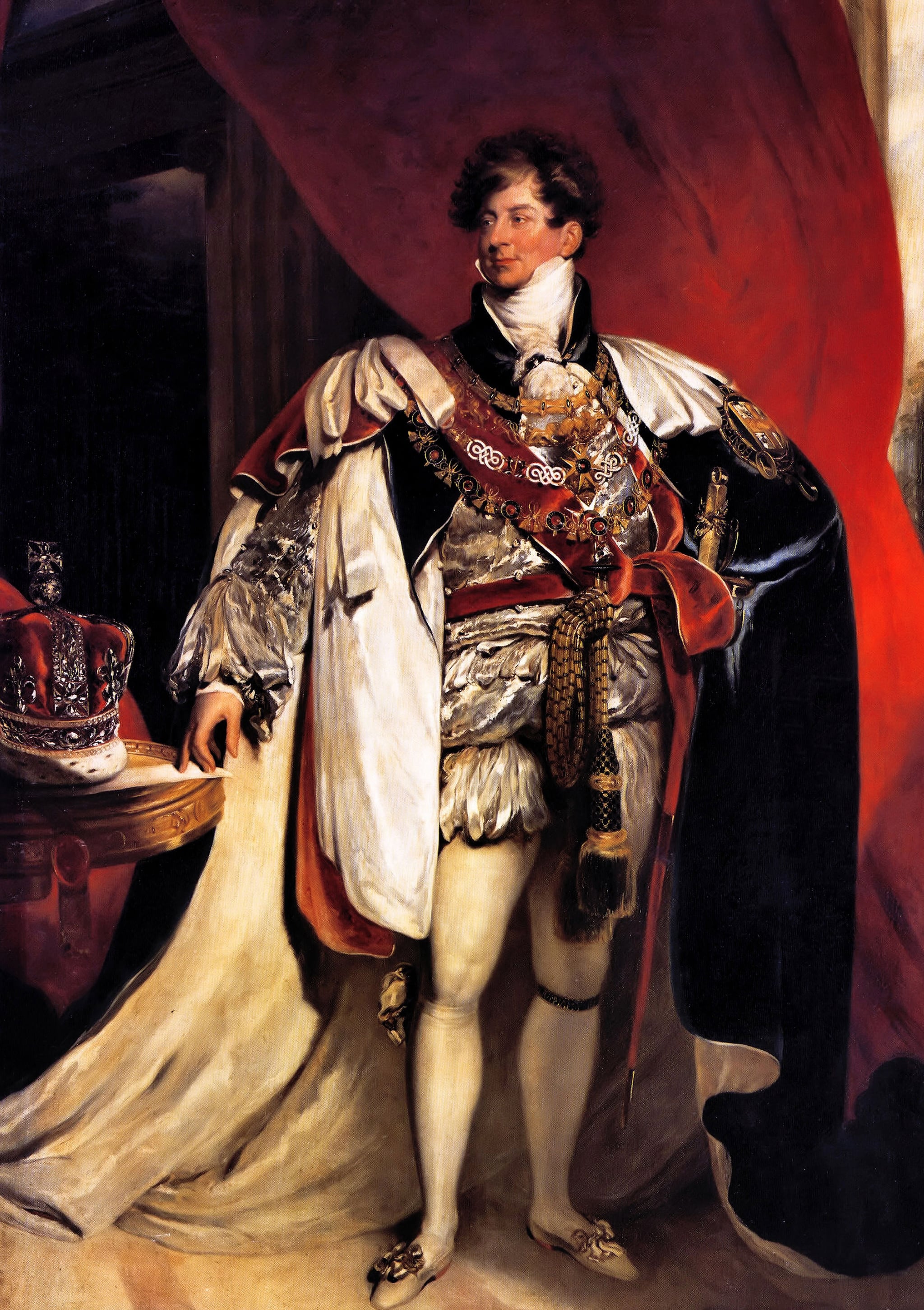
The Prince of Wales during his father's reign, the future George IV (often referred to as "Prinny") was the man who gave the name to the Regency era. From 1811 to 1820, during George III's final illness, George served as the Prince Regent, effectively ruling the United Kingdom while his father still lived but was incapacitated. George IV famously despised his more-popular wife, Queen Caroline, and they had just one daughter, Princess Charlotte of Wales. After Charlotte, the expected heiress to the throne, died in childbirth, the race was on among George IV's siblings to have a legitimate child to be the next heir.
2. Prince Frederick, Duke of York and Albany
Prince Frederick, the second son of George III and Queen Charlotte, followed the path of many noble and royal second sons by becoming a career military officer. He commanded the British armies during the Napoleonic Wars and oversaw enormous military reforms, although his early inexperience earned him a mocking nickname (and a song) as "the grand old Duke of York." Frederick, too, had an unhappy marriage, to Princess Frederica Charlotte of Prussia, and the couple never had children. Frederick died in 1827 before his brother George IV, to whom he was heir.
3. King William IV
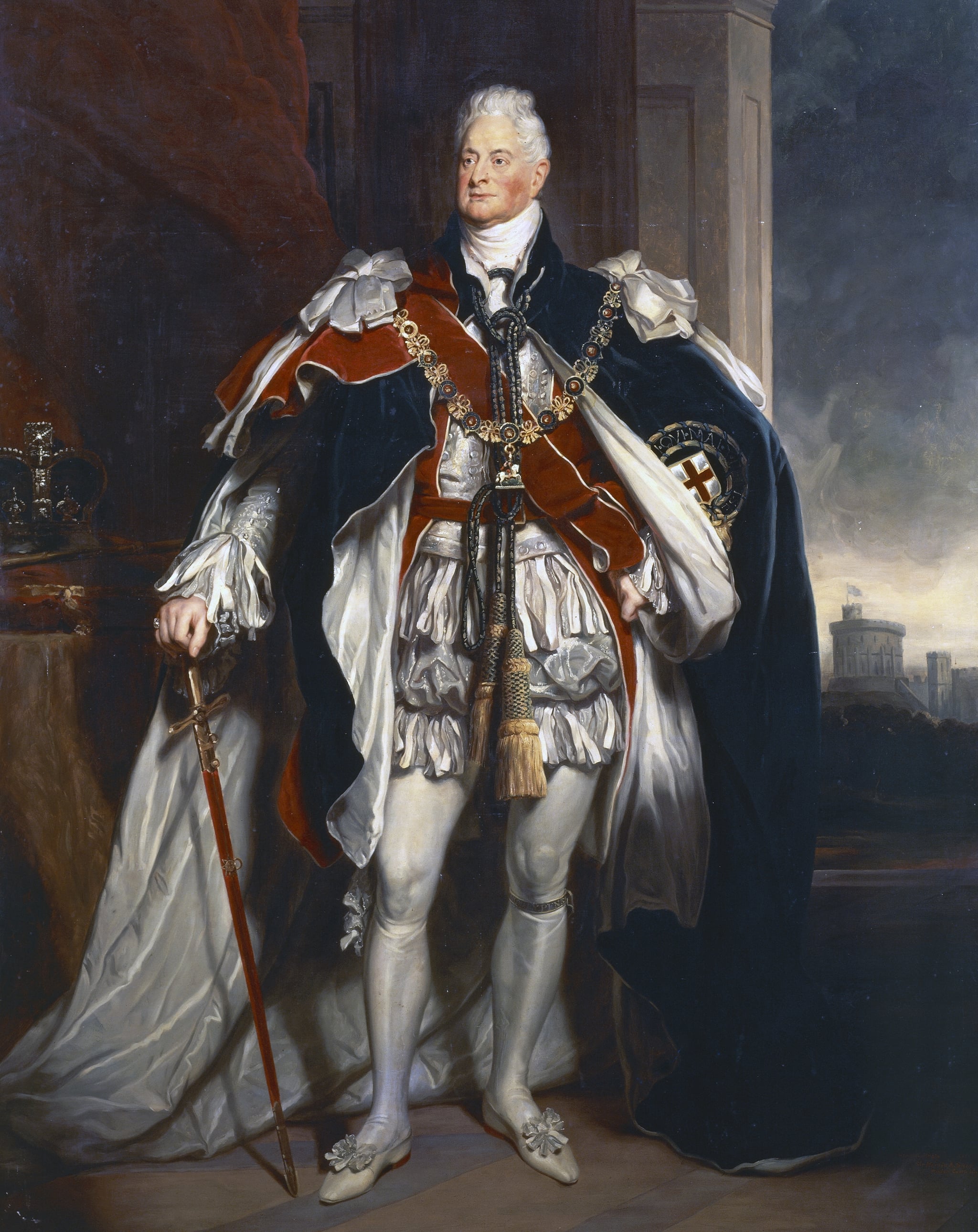
After the death of Prince Frederick, third son William became heir apparent to his brother George IV, who he succeeded in 1830. Although he had lived many years happily with his mistress, actress Dorothea Johnson (with whom he had 10 children), when the "race for heirs" kicked off, he quickly married Princess Adelaide of Saxe-Meiningen. The couple did not have any surviving children, but they did apparently have a happy marriage. William made it clear that he wanted to live long enough to ensure that his likely heir, his brother's daughter Victoria, would be of age to rule in her own right — and he did, dying the month after Victoria came of age.
4. Charlotte, Princess Royal
Named for her mother (and not to be confused with her niece, Princess Charlotte of Wales), Charlotte was given the title of "Princess Royal," traditionally bestowed on the eldest daughter of a monarch and held for life. She later married Frederick, Duke of Württemberg, and they had no surviving children.
5. Prince Edward, Duke of Kent and Strathearn
A military man with a reputation for harsh punishments and severe command, Prince Edward's legacy was not a kind one. His contribution, however, was to be the eldest sibling of George IV to successfully marry and have a surviving child. Edward married the German princess Victoria of Saxe-Coburg-Saalfeld (whose brother, Leopold, was the widower of George IV's late daughter Charlotte), and they had one daughter who became heir to the throne and one of the most famous monarchs in history: the future Queen Victoria.
6. Princess Augusta Sophia
From an early age, Princess Augusta Sophia gained a reputation for being very beautiful, but also very shy. She never married or had children, but she did have a decades-long, semi-secret relationship with Sir Brent Spencer, an equerry at court. Augusta lived to see her niece Victoria become queen and attended Victoria's wedding to Prince Albert. She died in 1840.
7. Princess Elizabeth
Like her sisters, Princess Elizabeth had a very sheltered life, but she was known for her sense of humour, her interest in agriculture (shared with her father), and her artistic talents. She and her sisters were often denied opportunities to marry, leading them to embark on romances with men at court, which Elizabeth did as well. Eventually, she met a German prince, Frederick of Hesse-Homburg, and successfully overcame family and court opposition to marry him in a friendly, though not especially romantic, match. They had no children, and Elizabeth died in 1840.
8. Ernest Augustus, King of Hanover
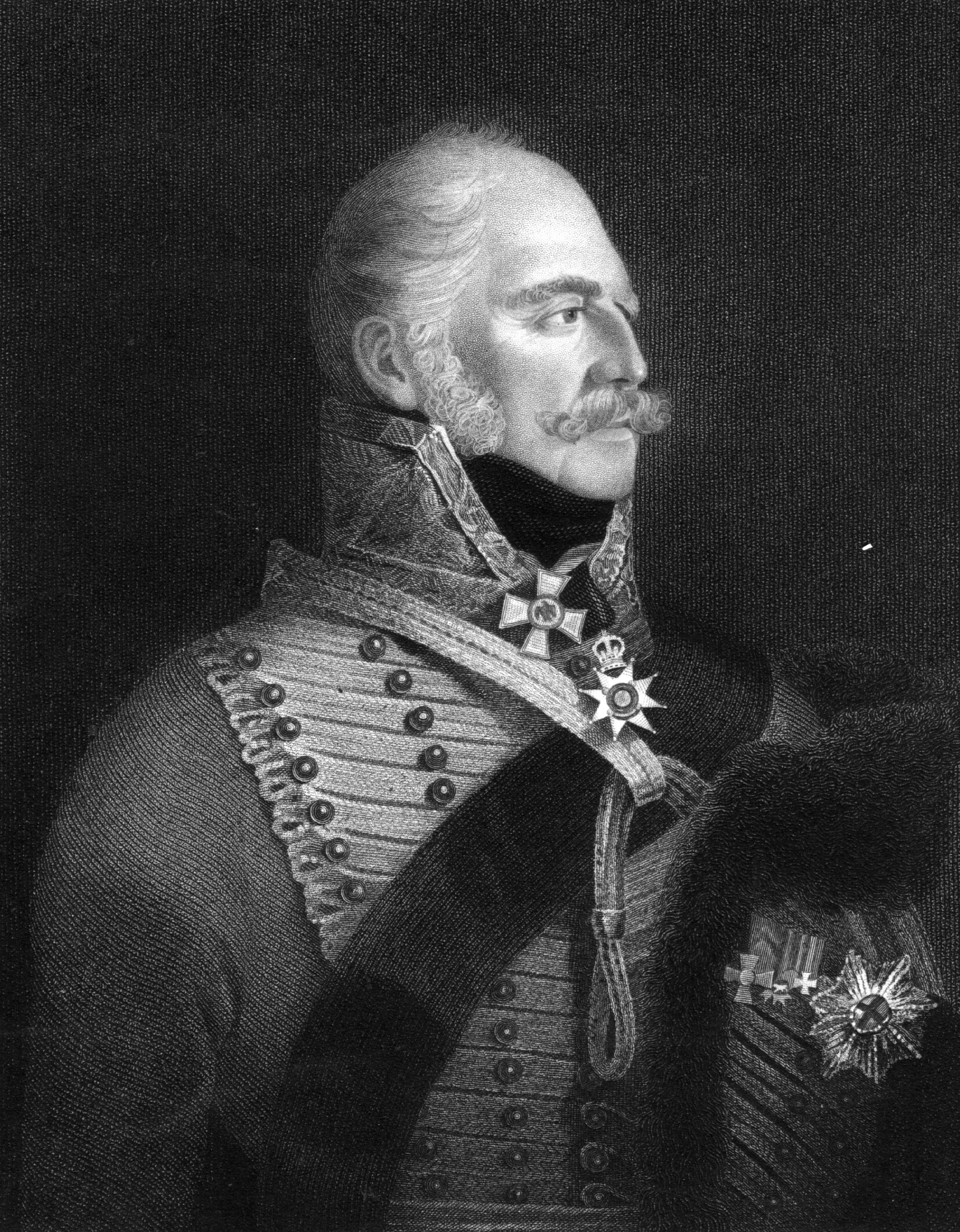
Until the succession of Queen Victoria, the British monarch also ruled as King of Hanover (the family was known as the House of Hanover). Since Hanoverian law forbade a female monarch, Victoria succeeded to the British throne, but Ernest Augustus, the next-eldest male heir to William IV, became King of Hanover. He was somewhat unpopular in both Britain and Hanover. He married Frederica of Mecklenburg-Strelitz (who had previously jilted his brother Adolphus), and they had a son, George V of Hanover.
9. Prince Augustus Frederick, Duke of Sussex
Prince Augustus Frederick was mostly known at the time for two things: his progressive, reform-minded views, and his love life. His first marriage, to Lady Augusta Murray, took place against the Royal Marriages Act (which said no descendant of King George II could marry without the consent of the reigning monarch). Despite the fact that they had children, the marriage was later annulled. After Augusta's death, he later remarried — again, against the Act — to Lady Cecilia Buggin, and they had no children. Augustus Frederick was the favourite uncle of the future Queen Victoria, even escorting her at her wedding, and he died in 1843.
10. Prince Adolphus, Duke of Cambridge
Prince Adolphus lived a relatively low-key life for a member of the royal family. He had a military career, and he married Princess Augusta of Hesse-Kassel, with whom he had three children. He died in 1850.
11. Princess Mary
Although she was reputed to be the most beautiful of her sisters, Princess Mary was not allowed to marry until her older sisters had wed, and her first love — with the Dutch Prince Frederik — ended sadly. She eventually married a cousin, Prince William Frederick, Duke of Gloucester and Edinburgh, and they had no children. When she died in 1857, Mary was the longest-lived and last surviving child of George III and Queen Charlotte.
12. Princess Sophia
Like several of her siblings, Princess Sophia's marital prospects were scuttled by her parents' strict decisions. She never married, although she was the subject of malicious gossip at one point that claimed she gave birth to the illegitimate son of Thomas Garth, a palace equerry. She died in 1848.
13. Prince Octavius
Prince Octavius was one of the two children of George III and Charlotte who died in childhood. He died in 1783, just months after his fourth birthday.
14. Prince Alfred
Prince Alfred was the first of George III and Charlotte's children to die. He died in 1782, a month before his second birthday.
15. Princess Amelia
The youngest of George and Charlotte's children, Princess Amelia was highly sheltered like her sisters, especially as she grew up during the period when George's mental health declined significantly. She suffered from health problems beginning in her teenage years, which only increased over the years. When she died in 1810, the news was said to be a significant factor in her father's mental illness worsening to the point of invoking the Regency Act, and he reportedly hallucinated her presence during his episodes (a fact which is briefly depicted in "Bridgerton").

